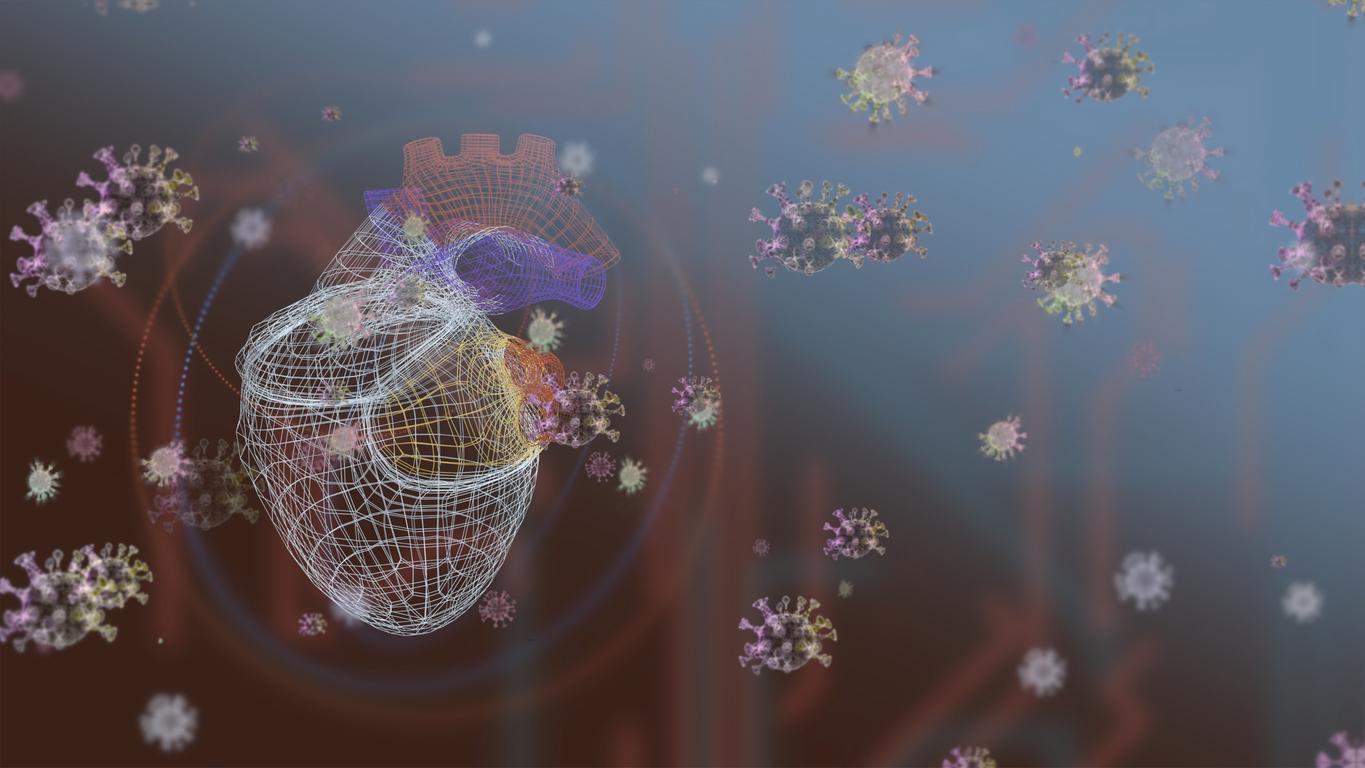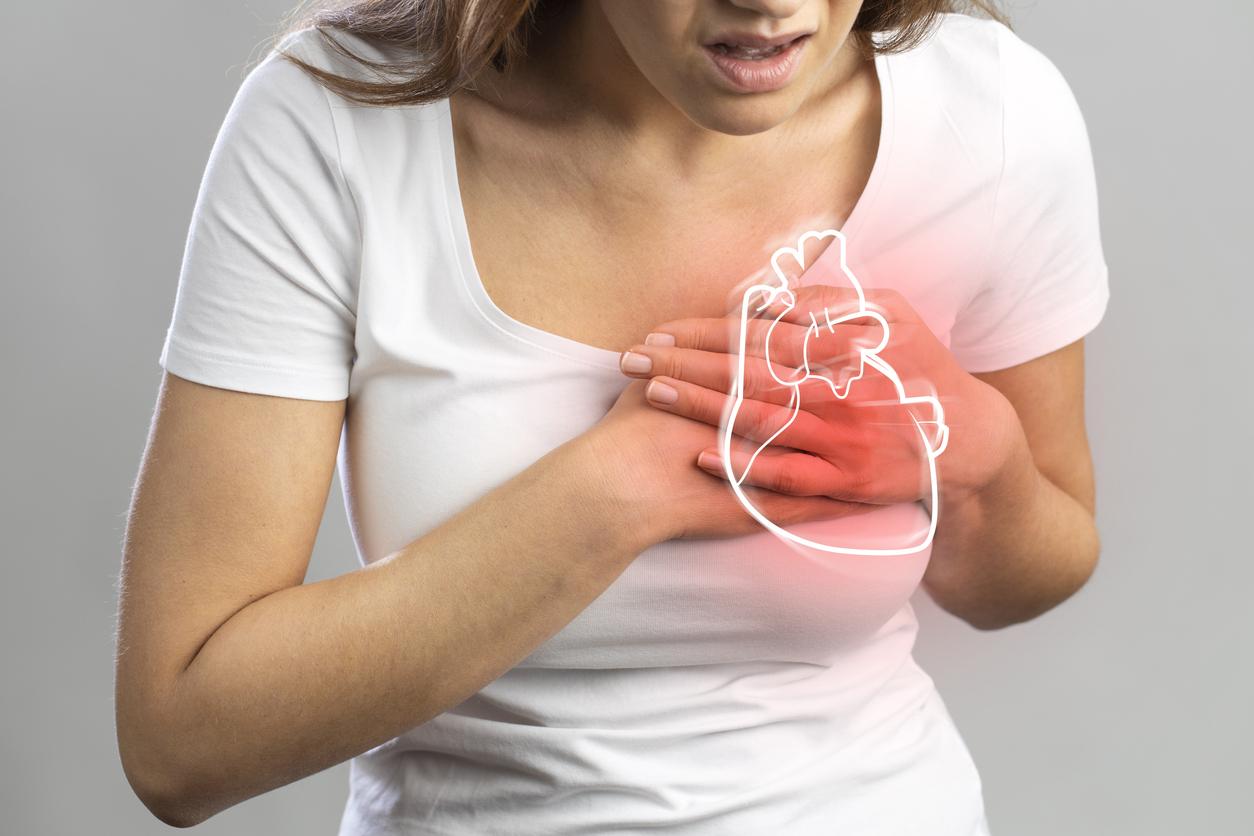According to a study, injecting tropoelastin a few days after a myocardial infarction could heal the scars left by this event.

- A heart attack is manifested by pain in the chest and can cause the heart to stop.
- Every year, about 12,000 people die from myocardial infarction according to the Health Insurance.
In France, around 80,000 people have a heart attack each year, according to health insurance. This cardiac event can be defined as the destruction of part of the heart muscle. Often, this leaves sequelae, in particular a scar on the level of the heart, which is therefore damaged.
A scar that prevents the proper functioning of the heart
This scar does not have the same elasticity or flexibility as healthy heart muscle. So even when a person survives a heart attack, they can have complications because the pumping of blood and its transport no longer work as well.
But researchers may have found a solution to prevent this side effect and restore elasticity and flexibility to scar tissue. Their work has been published in the journal Traffic Research.
Their method is to inject tropoelastin, a protein that causes elastin in elastic tissues. “Tropoelastin can repair the heart because it is an exact replica of the body’s natural elastic protein”, explains Professor Anthony Weiss, one of the authors, in a communicated.
heart attack: the tropoelastin allows the muscle to regain its elasticity
To achieve this result, the scientists tested tropoelastin in the laboratory on rats. To inject it, they opted for a new surgical method using ultrasound to guide the needle into the heart wall.
Thus, they observed that a single injection of this product, carried out in the wall of the heart four days after the heart attack, could restore elasticity to the heart scar. And the results are convincing: after 28 days, the researchers discovered that the heart muscle, initially damaged by the heart attack, had regained its elasticity. Better, his muscular function – in particular his capacities of pumping and transporting blood – resembled that of before the heart attack.
“This research highlights the potential of tropoelastin in cardiac repair and suggests that further work may show its possibilities for future treatments and therapies.”, explains Dr. Robert Hume, principal investigator of this study.
Cardiac cells able to generate themselves thanks to tropoelastin
Other tests also showed that injecting tropoelastin reduced the size of the scar and increased its elastin content. Finally, experiments were also carried out on human cardiac fibroblasts, that is to say a subset of cardiac cells. Thus, thanks to tropoelastin, they were able to generate elastin themselves.
“What we found is very encouraginginsists James Chong, one of the authors. We hope to continue to develop the method so that it can eventually be used in a clinical setting as well as to treat and improve the lives of millions of heart failure patients worldwide.“.


















